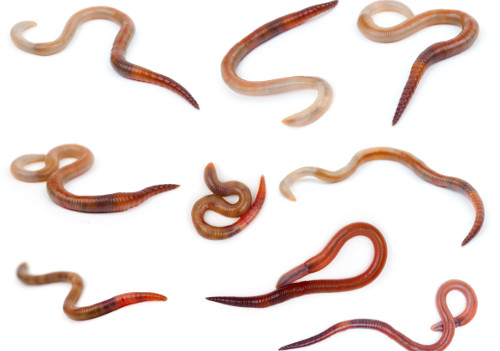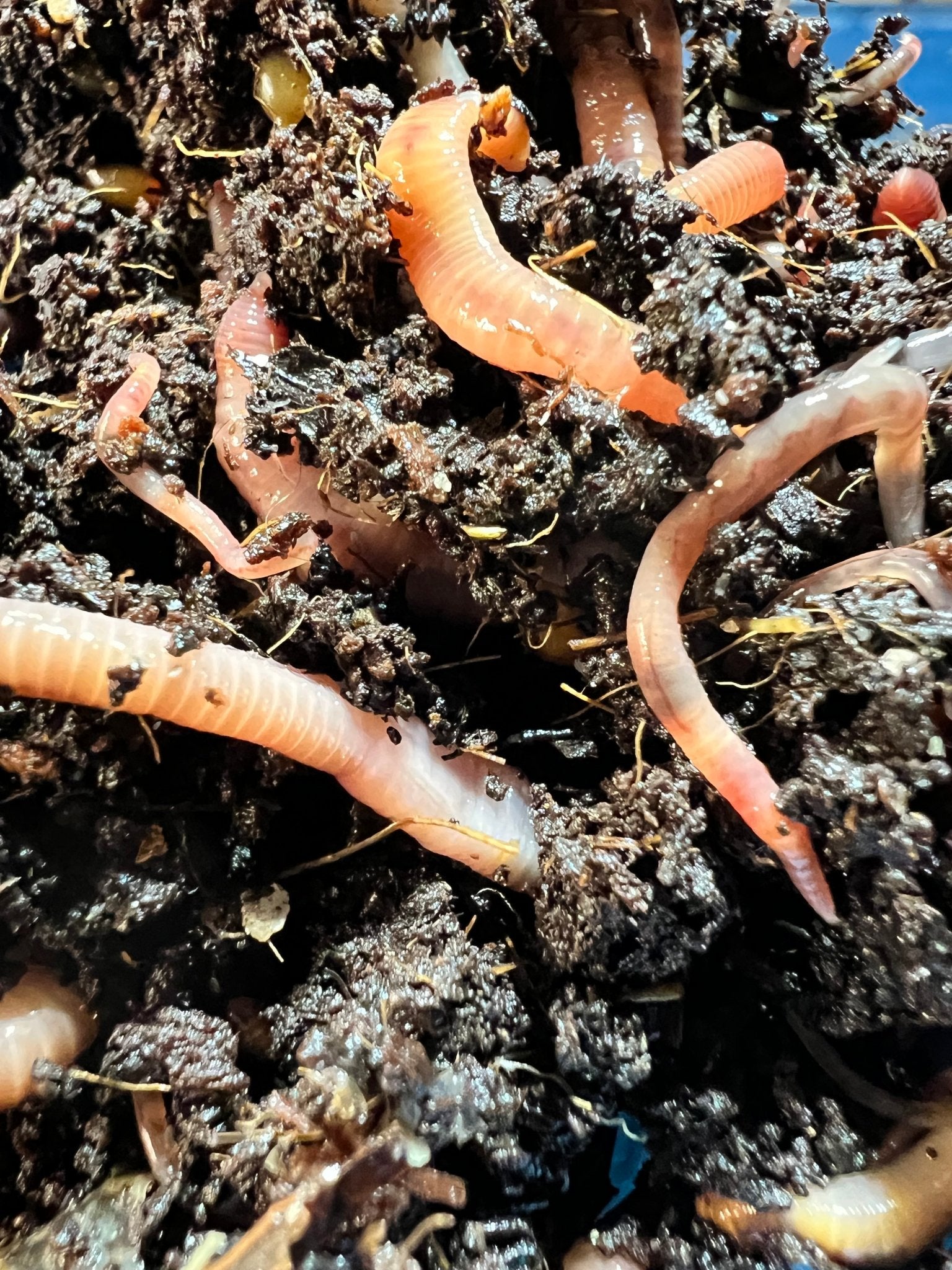Red Wiggler Worms offer for sale - Sustainable Waste Monitoring Service
Red Wiggler Worms offer for sale - Sustainable Waste Monitoring Service
Blog Article
Maximizing the Perks of Red Wiggler Worms: A Comprehensive Manual for Home Gardeners and Urban Farmers
In the world of lasting gardening methods, red wiggler worms stand as unsung heroes, quietly changing organic waste into nutrient-rich spreadings that can work marvels for soil health and wellness. As home gardeners and metropolitan farmers increasingly seek economical and eco friendly means to boost their gardens, the possible advantages of taking advantage of the power of red wigglers can not be overstated. From lessening cooking area waste to cultivating healthier plants, the use of these modest creatures provides a huge selection of advantages. By checking out the intricacies of exactly how to successfully care for and maximize the benefits of red wiggler worms, individuals can open a wealth of chances for enhancing the sustainability and productivity of their horticulture ventures.
Recognizing Red Wiggler Worms
Red Wiggler worms, renowned for their effective composting capacities, are a varieties of earthworms widely used in vermiculture methods. These worms, medically recognized as Eisenia fetida, thrive in rotting natural material, making them optimal candidates for composting.
One trick characteristic of Red Wiggler worms is their reproductive price. These hermaphroditic animals have both male and women reproductive body organs, permitting them to reproduce rapidly under beneficial conditions. A mature Red Wiggler can create multiple offspring in a short period, guaranteeing a stable populace within a composting system.

Establishing a Worm Bin
When developing a worm container for vermiculture purposes, appropriate preparation and interest to information are essential for creating a favorable setting for Red Wiggler worms. Begin by selecting an ideal container for your worm bin.

Place the worm container in a cool, dark area away from direct sunshine and extreme temperature levels. Consistently keep an eye on the wetness degrees, including water if the bed linen really feels dry or half-cracked. Feed the worms a balanced diet of fruit and veggie scraps, avoiding citrus fruits, onions, and spicy foods. By following these actions, you can establish a prospering worm bin that will successfully process natural waste right into nutrient-rich vermicompost for your garden.
Feeding and Keeping Worms
Making certain a balanced and nutritious diet regimen is crucial for the health and wellness and efficiency of Red Wiggler worms in a vermiculture system. Red Wigglers are ravenous eaters, with the ability of consuming their very own body weight in organic matter daily. To keep a growing worm populace, it is important to provide them with a variety of food scraps such as fruit and veggie peels, coffee grounds, tea bags, and smashed eggshells. It is vital to you can try this out avoid feeding them citrus fruits, onions, garlic, dairy products, meat, and oily foods as these can be dangerous to the worms or create unpleasant odors in the bin.
Appropriate moisture degrees are likewise important for the wellness of Red Wiggler worms. By vigilantly monitoring their diet regimen, moisture, and ecological problems, home gardeners and city farmers can maintain a effective and healthy Red Wiggler worm populace for composting objectives.
Gathering Worm Castings
To successfully extract nutrient-rich worm spreadings from the vermicompost, a systematic harvesting procedure is important for making best use of the composting benefits. The very first action in harvesting worm spreadings is to urge the worms to migrate to one side of the bin.
After the spreadings have been gathered, it is very important to separate any continuing to be worms from the castings to prevent damaging them throughout storage or application. One effective technique is to develop conical stacks of spreadings under intense light. Worms will instinctively move away from the light, enabling very easy splitting up and removal.
Lastly, the collected worm spreadings need to be stored in a great, dark, and completely dry area to maintain their high quality and performance as a nutrient-rich dirt modification. By following these steps, home gardeners and urban farmers can make best use of the benefits of red wiggler worms in their vermicomposting systems.
Using Worm Castings in Gardening
The unification of nutrient-rich worm spreadings right into yard dirt can significantly enhance plant growth and general soil health and wellness. Worm spreadings, likewise referred useful site to as vermicast, are an all-natural plant food created by red wiggler worms as they break down natural issue. These castings are rich in essential nutrients like nitrogen, phosphorus, potassium, and useful germs that promote plant development and enhance soil framework.
When using worm spreadings in horticulture, it is important to blend them completely right into the soil or use them as a leading dressing around plants. The slow-release nature of worm castings makes sure a consistent supply of nutrients to plants over time, reducing the threat of nutrient leaching and promoting lasting dirt fertility. In addition, worm castings help improve dirt aeration, water retention, and microbial activity, developing a healthy environment for plant roots to prosper.

Final Thought
Finally, the utilization of red wiggler worms in home gardening and city farming can dramatically benefit soil wellness and plant development. By comprehending how to establish up and keep a worm container, feed the worms correctly, and collect their nutrient-rich spreadings, gardeners can optimize the advantages of these earthworms. Incorporating worm castings into horticulture techniques can enhance soil fertility and general plant efficiency. On the whole, red wiggler worms offer a efficient and sustainable remedy for improving garden and farm yields.
In the realm of sustainable horticulture techniques, red wiggler worms stand as unrecognized heroes, quietly transforming organic waste right into nutrient-rich spreadings that can function marvels for soil health.When establishing a worm bin for vermiculture purposes, correct prep work and focus to information are necessary for producing a favorable atmosphere for Red Wiggler worms. The very first action in collecting worm castings is to encourage the worms to migrate to one side of the container. Worm spreadings, likewise understood as vermicast, are a natural fertilizer generated by red wiggler worms as they damage down natural matter. By comprehending exactly how to set up and maintain a worm container, feed the worms appropriately, and gather their nutrient-rich castings, gardeners can optimize the benefits of these earthworms.
Report this page